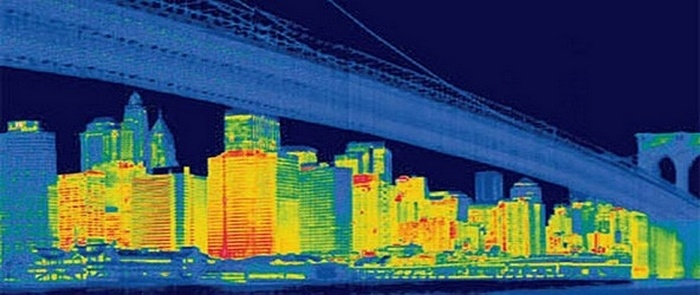New York City is at the forefront of the movement to build green communities and New Yorkers are proud of their efforts to build smarter, more sustainable neighborhoods. As part of ongoing efforts, a group of progressive and far-reaching bills, designed to reduce greenhouse gas emissions, has been passed in early April of 2019.
This group of ten bills is collectively called the Climate Mobilization Act. It is a radical re-imagining of how a great city can deal with climate change into the future. One of the most important goals of the bills is to meet the carbon emissions standards set in the Paris Climate Agreement.
Carbon Emissions
The Act will put limits on carbon emissions regulated by the Office of Building Energy Performance. The patrons, lobbyists, and city leaders responsible for the new legislation say this is a step in the right direction to build sustainable communities. The new legislation will attempt to account for the 70 percent of the city’s carbon emissions which comes from large buildings. It’s also an expansion of the current retro-commissioning standards already in place. Pete Sikora, senior adviser says, “this is really a new day for New York City.”
The bill’s proposal for a combination of changes to foster further renewable energy production and changed local building standards while retrofitting older buildings hopes to reduce carbon emissions by 40% by 2030. The city expects to meet the Paris Climate Agreement standards set for the world, and to bring new green construction jobs to the city.
Building Retrofits
The buildings that are included in the requirements for retrofitting are those over 25,000 square feet and built before New York City had current building standards and materials that could protect the building envelope from energy leaks. These buildings are only 2% of the current buildings in New York City, but they are responsible for 70% of the greenhouse gas emissions. Buildings over 25,000 feet will be sanctioned with fines if they do not follow the limits and buildings under 25,000 feet are on the new agenda for decreased emissions.
Legislators hope to curb increased rent or burdensome requirements for building owners and landlords with the passing of this act. Those required to carry out retrofits to current standards for energy savings will be provided with low-interest rate loans to accomplish the work. With immediate energy savings anticipated after the retrofitting, and the low interest rate loans, proponents of the bills believe that building owners will see an overall savings rather quickly.
Landlords with be required to slash emissions by 2030 and double those efforts by 2050. Some of the requirements will include new windows, new insulation, and green roofs. Some exclusions include buildings with rent control, those under four stories, and some nonprofits and religious spaces.
Passive House design and retro-fitting, which originated in Germany in the 1990s, is one of the most effective ways to limit or entirely remove building carbon emissions. It also produces a more comfortable living environment and healthier air. Although they are more common in Europe, there are still less than 2000 certified Passive House buildings in the United States. The new bill will certainly increase their popularity here and their already almost exponential growth.
Green Roofs
One of the most significant new requirements will be green roofs on new and retrofitted buildings. New York City has had the materials and processes for adding green roofs to buildings for some time, and these new green roofs can filter water and air, add green spaces, provide wind and solar energy, and provide superior climate control for the building.
Leading by Example
With the new green initiative, New York City hopes that other cities will follow its efforts. Scott Henson Architect is a Certified Passive House Design firm. We are a NYC-based firm with over 20 years of experience in building retrofits and can design your retrofit and sustainability plan to meet or go above and beyond the Climate Mobilization Act.
Please contact us today.




